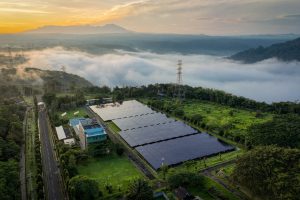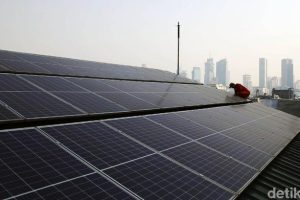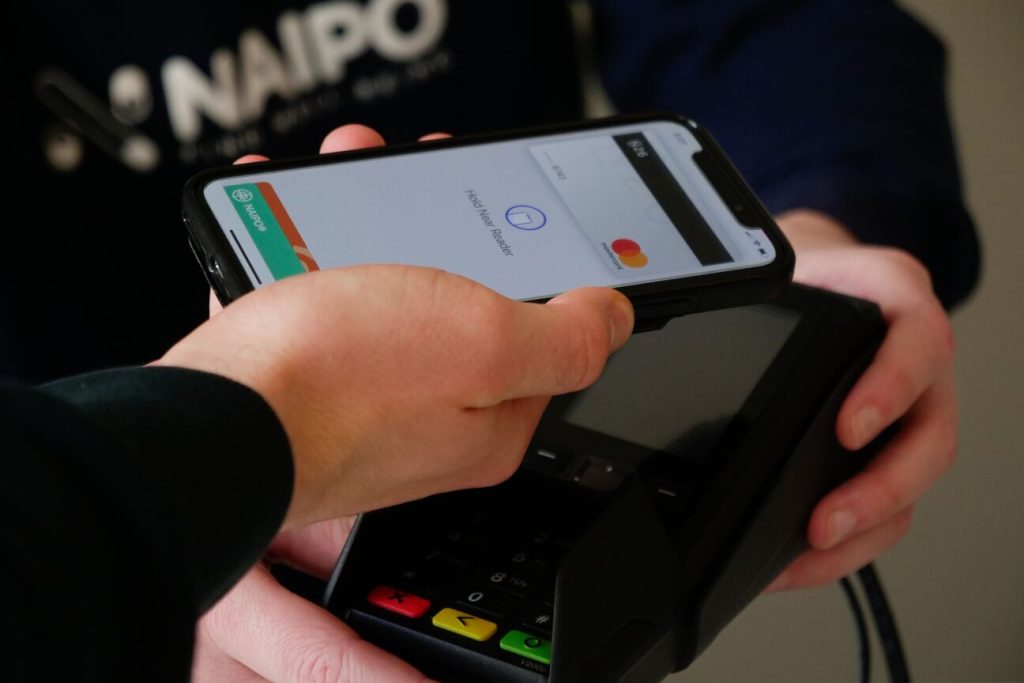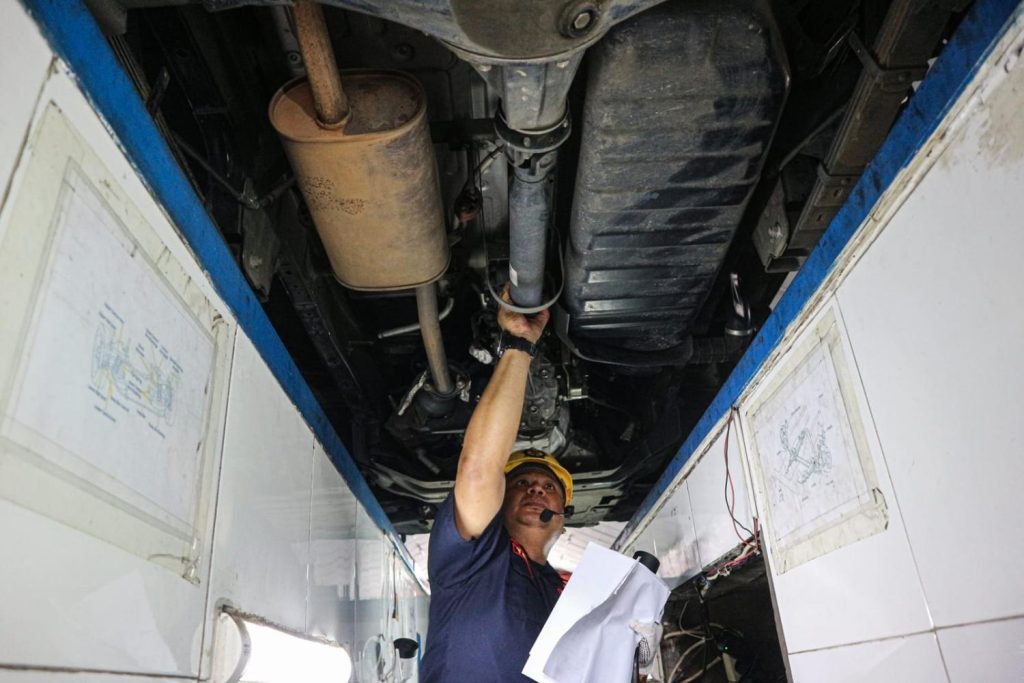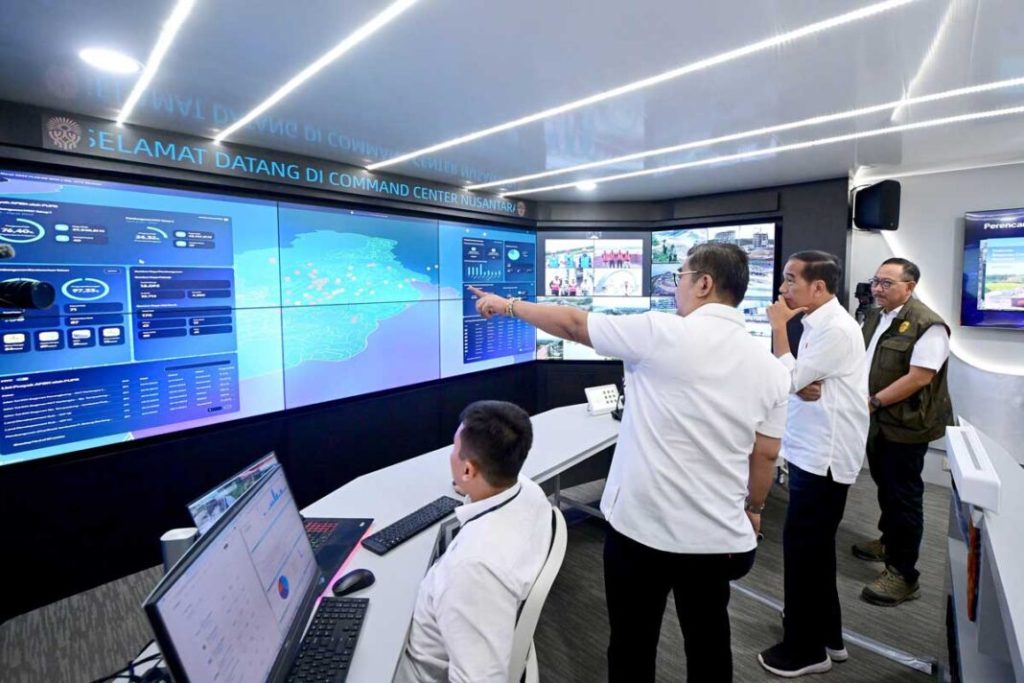Despite promising increase in rooftop solar PV adoption in the last few years, pandemic is expected to hit Indonesia’s solar PV development hard. Government of Indonesia needs to remap the current strategies to reaccelerate solar PV development after the pandemic.
In the last five years, we had watched the increasing contribution of solar electricity in our energy mix from 51 MW in 2015 to 152 MW in 2019. The number of rooftop solar PV owners had quadrupled from 351 in 2017 to 1435 owners in 2019, accounting for 16.66 MW or 10.92% of total solar capacity.
However, this year, the demand for solar PV installation dropped dramatically due to the COVID-19 pandemic. Institute for Essential Services Reform (IESR) estimates demand for commercial solar PV infrastructure declined by up to 70% from the previous year in the March-April period. This is because businesses aborted their solar PV installation plans. Moreover, the government also decided to cut back electrification project plans.
The impact of the global pandemic to electricity is expected to continue until the end of the year. This situation will indeed affect our national goal to achieve a 23% renewable energy mix by 2025. Particularly for solar PV, with current achievements of only 2.3% of 6.5 GW (total 2025 Indonesia’s solar electricity target), COVID-19 makes the target looks even more impossible to achieve.
To recover the economy from the impact of COVID-19, President Jokowi plans to implement the New Normal Scenario. This scenario should not only ask people to adapt to COVID-19 by implementing health protocols and physical distances, but it can also be a momentum to catch up with the 23% target, especially with the adoption of solar PV. In line with the post-pandemic economy recovery agenda, the solar PV industry will absorb more employments in the future.
Upscaling the market for renewable energy provides significant opportunities for localizing parts of the value chain, such as solar PV and battery manufactures. According to the International Renewable Energy Agency (IRENA), greater renewable energy deployment will create more jobs and stimulate technology transfer. IRENA indicates 1.3 million job potentials in the renewable energy sector in Indonesia by 2030.
Lack of promising financing mechanism is still the main problem that hinders solar PV technology to puncture Indonesia’s market. Last year, the Indonesian Solar Panel Producers Association (APAMSI) found that 70% of solar PV projects in Indonesia are led by the government. This reflects the vulnerability of solar PV development in Indonesia since most solar PV projects still rely on state budgets.
Therefore, to accelerate solar PV development and attract more private investments post-pandemic, the government should prepare more robust and market-oriented strategies.
First, at the end of the outbreak, we should learn that the deregulation of the power sector will make the industry more adaptable to the sudden changes and able to accelerate.
In recent years, we have watched some positive outcomes of relaxing several regulations. For instance, the issuance of the Minister of Energy and Mineral Resources (MEMR) Regulation No. 12/2019 has simplified the requirements for Operation License (Izin Operasi/IO). Also, the MEMR Regulation No. 16/2019 has finally reduced capacity charges of industrial customers from 40 to five hours per month, and the emergency charge is no longer applied.
However, this deregulation is not enough to accelerate the solar PV development post-pandemic. The government needs to relax the other critical regulation segments.
One of the most critical barriers is in the ESDM Ministerial Regulation No. 49/2018. The net metering scheme value for rooftop solar PV should be amended from 1:0.65 to be 1:1. If PLN values 100% of the solar electricity produced, it will make solar PV development has more tractions by offering a shorter payback period to less than seven years.
After all, tax reduction (i.e., income tax (PPh); land and building tax (PBB)) for rooftop solar PV owners, especially for the business and industry sector, is needed to help this sector recover its economy. The logic is clear that the country has to incentivize the initiative to achieve its 23% renewable energy mix target.
Second, the government should facilitate more access for local solar PV providers to the financial institution.
Financial institutions are still afraid to invest in solar PV infrastructure due to profitability risks (e.g., long payback). Nevertheless, the financial institutions should be aware that in recent years the solar PV industry has developed various interesting and innovative business models, for instance, a solar PV rental scheme. In this business model, solar PV providers propose to install solar PV on the rooftop of private buildings and charge a rental cost based on either electricity generated in IDR per kWh or monthly fixed payment. In return, roof owners are exempt from upfront costs and have an option to take over the system after 15-25 years. This scheme can attract the private sector who has a large rooftop area to install solar PV and takes the benefit of using solar electricity with zero initial investment cost.
Third, the local initiative on renewable energy should be encouraged.
For instance, Bali has a local regulation with a mandatory clause on installing solar PV. Governor Regulation No. 45/2019 regulates that government and private buildings with area more than 500 m² have to use a minimum of 20% of their building area to install solar PV. It encourages the private sector to install solar PV and wanes the dependence of the solar PV market on government projects.
In a nutshell, given its abundant potential, solar is one of the most important resources for Indonesia to achieve its renewable energy target. However, in a state where the government often disrupts the market, renewable energy development is commonly disincentivized. COVID-19 teaches us that we still need a more robust and adaptive set of regulations and policies to accelerate our solar PV development.
Disclaimer: This opinion piece is the author(s) own and does not necessarily represent opinions of the Purnomo Yusgiantoro Center (PYC).
